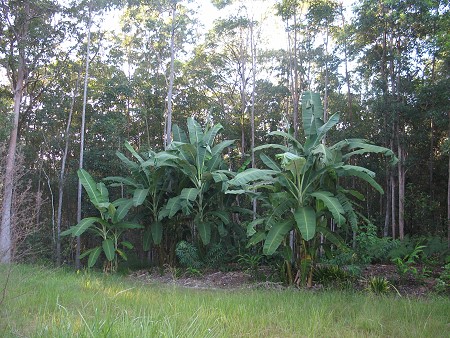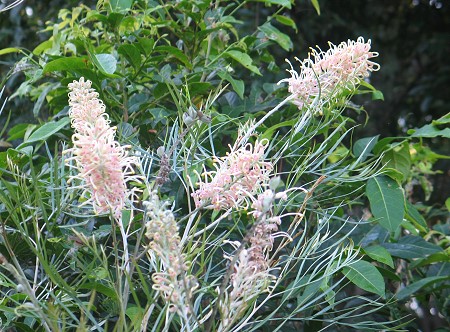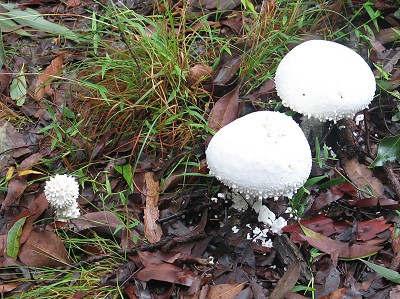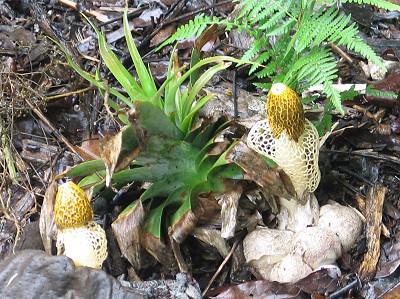Fires are an everpresent threat in Australia – many catastrophic blazes are lit by firebugs. With soaring temperatures in Victoria and New South Wales, dozens of people have died in the latest bush fires.
Fierce winds were fanning the fires and pushing them in unpredictable directions in Victoria on Sunday, after temperatures reached a state record of 47 degrees Celsius.
Forecasters said hot and uncertain weather conditions would continue through the day on Sunday.
Blair Trewin, a climatologist with the National Climate Centre in Melbourne, told Al Jazeera: “They are the most extreme conditions that we have ever seen in historic record in parts of southeastern Australia.
“We are seeing an upward trend in temperatures in Australia as elsewhere in the world.”
More than 600 houses have been destroyed by the fires.
The worst wildfires in recent memory killed 75 people and razed 2,500 homes in Victoria in 1983.
In south Queensland we continue to enjoy pleasant summer weather, while in the north of the state, there’s flooding. Australia – a land of climatic extremes.
UPDATE FEB 9
107 people are now known to have perished in the fires, which are still raging through Victoria and New South Wales.
Authorities suspect arsonists are responsible for some fires and police are treating some razed towns as crime scenes.
The Prime Minister, Kevin Rudd, says deliberately starting the fires is mass murder.
…
The fire that is of most concern is burning out of control in Victoria’s north-east, threatening the townships of Stanley and Eskdale.
…
The other major fire of concern, the Murrindini Mill fire, is moving north-east and is now about 93,000 hectares in size.
Fire authorities are also warning it will take several more days to control a large blaze burning near Victoria’s biggest electricity generator, the Loy Yang power station.
There are 50 fires raging across New South Wales. A 31 year old Gosford man has been arrested for arson.
UPDATE FEB 10
At last, something that captures the imagination of Australia’s vampire media more than the global economic situation and counting ever-dwindling loot.
173 people have now died, and blame is being thrown here, there and everywhere. Beyond the predictable media frenzy, I see this as a tangible expression of denial, the first stage of grief. 911 had the same effect on folks – blame everyone except the culture which through its practices, contributed to the calamity.
There’ll be plenty of time to look for answers, if there are any which can really be addressed, given our frustrating 200 years of braindead whitey farming practices, 40,000 of pre-colonial firing techniques which preceded these and folks’ unwillingness to learn from science and successful models of integrating human habitation with the environment on which it depends.
How many people know that most eucalypts are weeds in Australia, which create the conditions they need to colonise, whose seeds only germinate when fired? It is more popular to romanticise about the noble Australian aboriginal living in ‘harmony’ with ‘nature’ than look with a scientific eye at the result of their nomadic farming experience.
Once the large slow moving forest dwelling herbivorous marsupials were hunted to extinction, it became traditional for our traditional owners to use fire to promote grassland for kangaroos – which conveniently breed like – kangaroos.
Always a joey in the pouch, one out grazing, always another on the way.
And eucalypts, with their need for fire, thrived at the expense of hardwood wet forest timber.
Clearing and much, much more firing by whiteys have increased the problem – along with the urban sprawl into Victoria’s bushland. You’d think we’d have learnt the lesson by now – this land can’t support the people it has – not enough water or arable farmland to depend upon. Yet our stupid government ignores the very real environmental impacts and limitations whilst mouthing rubbish about a sustainable economy needing more people. This bleating has been going on since whitey arrived here – the first settlers saw an empty land which needed wave on wave of migrants, with Australia’s rivers and forests bearing the brunt.
The choices are stark – either live with the forests – which make rain and oxygen on which we depend, revegetate with non-fire dependent species as much as possible, and take sensible precautions against bushfire catastrophes; or chop down even more of our precious bushland, till most of our land becomes as dry as the Simpson Desert.











